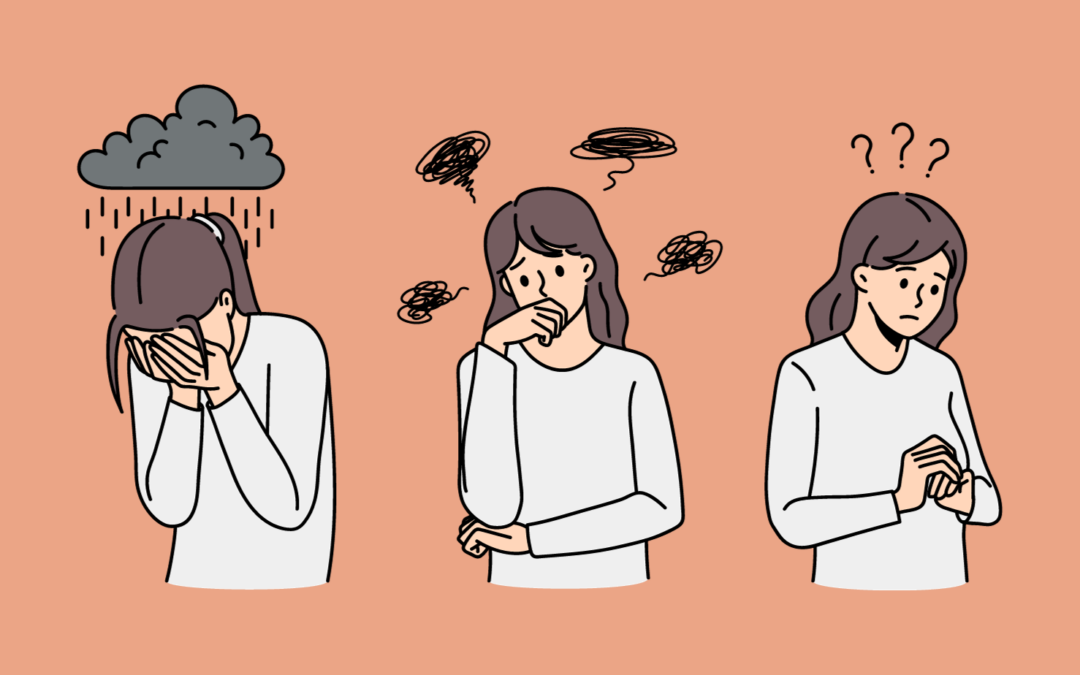Modern life is stressful, challenging, and confusing for many of us. Stressors such as work, family, finances, and the myriad complications that arise throughout the day can make us feel overwhelmed and stressed. These feelings only increase for those with mood disorders like depression, anxiety, or BPD (borderline personality disorder). When life becomes too much and the stress never seems to stop, some people experience the devastating realities of suicidal thoughts (also called suicidal ideations).
One promising type of therapy seeks to support those who experience mood disorders and suicidal ideation. This therapy is called Dialectical Behavior Therapy (DBT) and has shown to be remarkably effective in managing the symptoms of suicidal ideation and extreme emotions. In honor of September being Suicide Awareness Month, let’s discuss this powerful intervention called DBT.
What is DBT?
Dialectical Behavior Therapy is a powerful therapeutic model that has been around for the last 50 years or so. In those years, DBT has helped countless people regain control over their lives by reducing suicidal ideation, self-harm, and psychiatric hospitalizations. DBT is a modified form of Cognitive Behavioral Therapy to support those experiencing suicidal ideation and self-harm by helping them create a new set of behaviors that allows them to build a life worth living. It was created to help anyone with extreme emotional reactions and mood dysregulation.
But what is it? DBT is a collaborative behavioral therapy that focuses on building a unique and caring therapeutic relationship. Within this therapeutic alliance the client and therapist helps the client get rid of behaviors that are getting in the way of them building the life they want, while replacing them with skillful behaviors that help them formulate a rich, full, and meaningful life. One way DBT accomplishes this is by helping clients apply practical mindfulness to everyday situations. Mindfulness is a form of self-awareness and self-regulation by staying intensely in the “here and now” without judgment and condemnation. It’s a way to separate yourself from your emotions and to understand that a thought doesn’t require a reaction. Concepts like mindfulness tend to be confusing for many people and can seem almost a bit silly to the uninitiated. DBT breaks down mindfulness principles into digestible, understandable skills to practice, learn, and use in everyday life.
Examples of DBT Skills
While some types of therapy are interested in looking into a person’s past to understand what they’re going through, Dialectical Behavior Therapy is all about the present moment and what can be done here and now to get through the current situation, the current moment.
DBT has a particular and defined set of skills that facilitators teach through group and individual therapy sessions. These skills are expected to be practiced often because, like with all skills, they improve with regular use.
Examples of these skills include:
- Mindfulness: Described above.
- Distress tolerance: Learning how to sit with uncomfortable emotions without reacting and making situations worse. Distress tolerance also includes learning to self-soothe through deep breathing techniques, grounding, and other personalized relaxation methods. This set of skills includes acceptance strategies.
- Interpersonal effectiveness: Connecting with others in healthy ways is a powerful skill. Communicating your needs assertively, not aggressively, and setting boundaries with those around you can be life-changing.
- Emotional regulation: Using mindfulness and the language of DBT to identify, process, and manage extreme emotions without reacting. This is often exceptionally helpful for people whose emotional states result in self-destructive or damaging behaviors.

Steps to Take if You or Someone You Love is Struggling with Suicidal Ideation
First, if you or someone you love is suffering from severe suicidal planning or you are concerned that someone could be immediately harmed, contact the national suicide hotline and crisis number at 988 (in the United States). In these instances, it’s better to be cautious and reach out if the situation appears life-threatening.
However, if you or a loved one are having thoughts of suicidal ideation but aren’t in any immediate threat of harm, there are steps you can take to work through these thoughts. Contacting a mental health organization or therapist is often the best first step. Mental health therapists are trained in crisis prevention planning and can assess for safety and provide helpful resources. One such resource is often a referral to a comprehensive Dialectical Behavioral Therapy program.
DBT therapy sessions and skills groups typically meet once or twice a week. Trained counselors teach the practical skills, facilitate weekly check-ins, and provide homework for the upcoming week. The power of DBT is in how useful it is in real-life situations, and part of benefitting from DBT is using it regularly, reflecting on the process, and building those mindfulness muscles. Many DBT participants find that they can identify, process, and work through suicidal ideation faster and more effectively than before.
Conclusion
Suicidal ideation can be scary, but there is hope. There are tons of resources and people willing and eager to help. Reaching out is often the most challenging part, but this Suicide Awareness Month is an excellent reminder to seek support before a crisis happens. If you are in Utah, contact New Roads Behavioral Health to see how we can support you or your loved one today.

